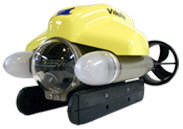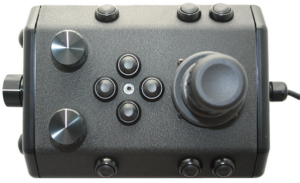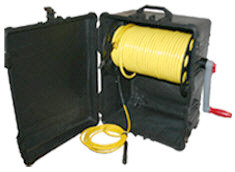Emergency Response to a Flooded ROVIf you suspect that the ROV is experiencing a leak during operations, there are four critical steps to remember:
Additional details are provided below, but it is important that you cut the power as soon as a leak is suspected and clean and dry the system as soon as possible. You should not attempt to "test" the equipment until you are sure it is completely dry. Turning the power on while the components are wet will likely cause more damage. The following detailed procedures will not guarantee recovery from a flood incident, but they will provide the best chances of salvaging as much as possible
|
Pro 4 Ultra Operator's Manual
Operations Guide > Emergency Situations > Flooded ROV / Component












